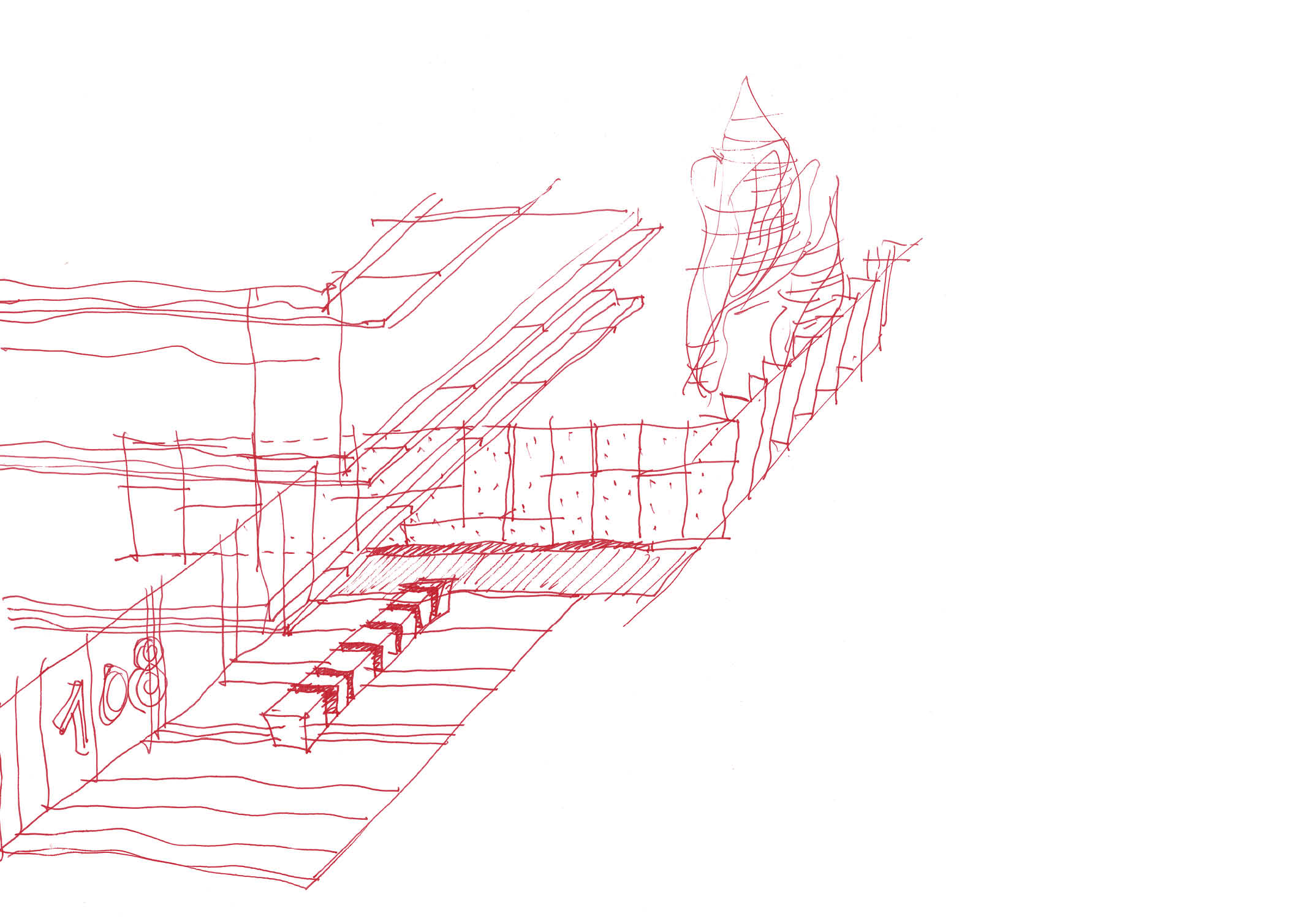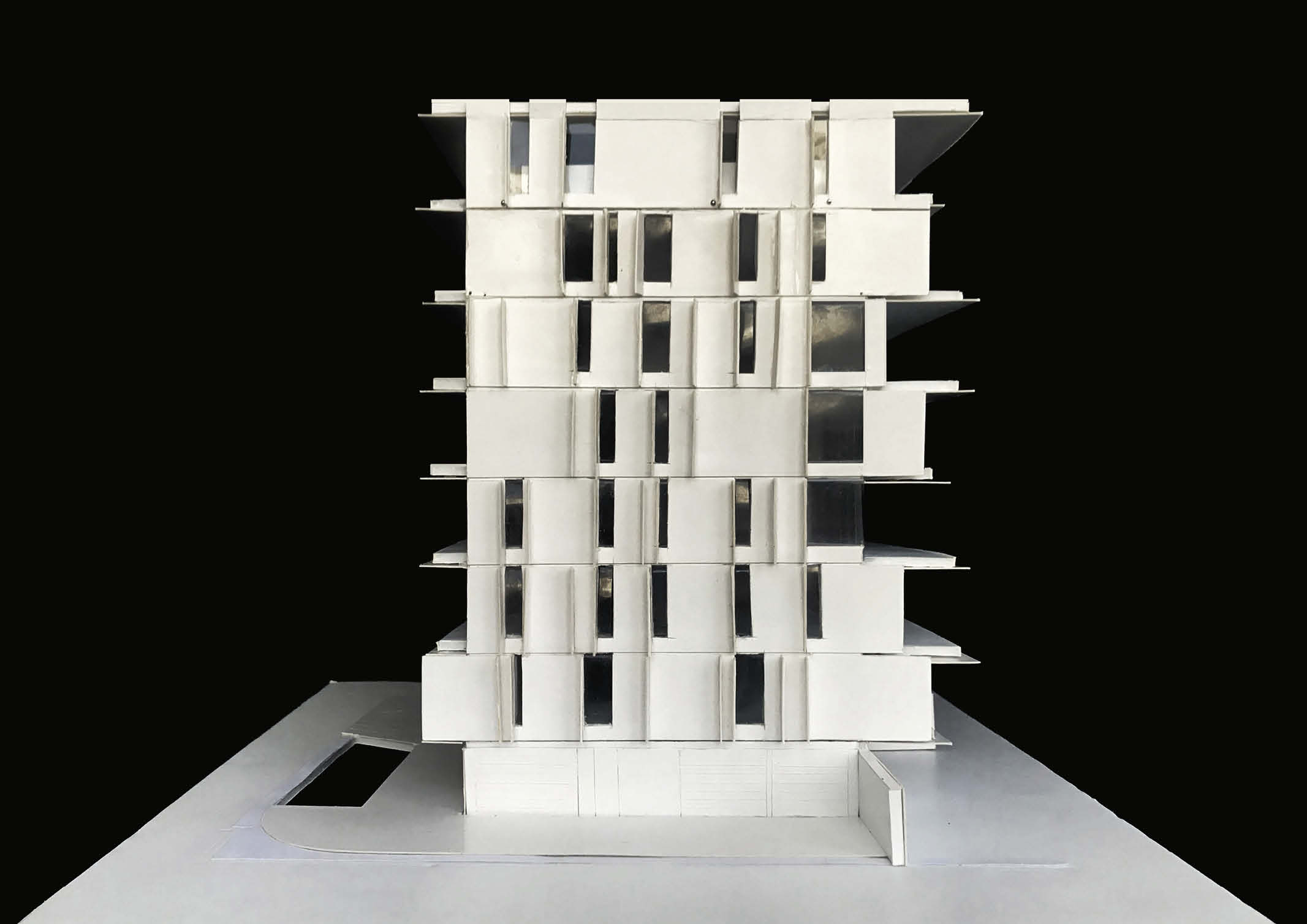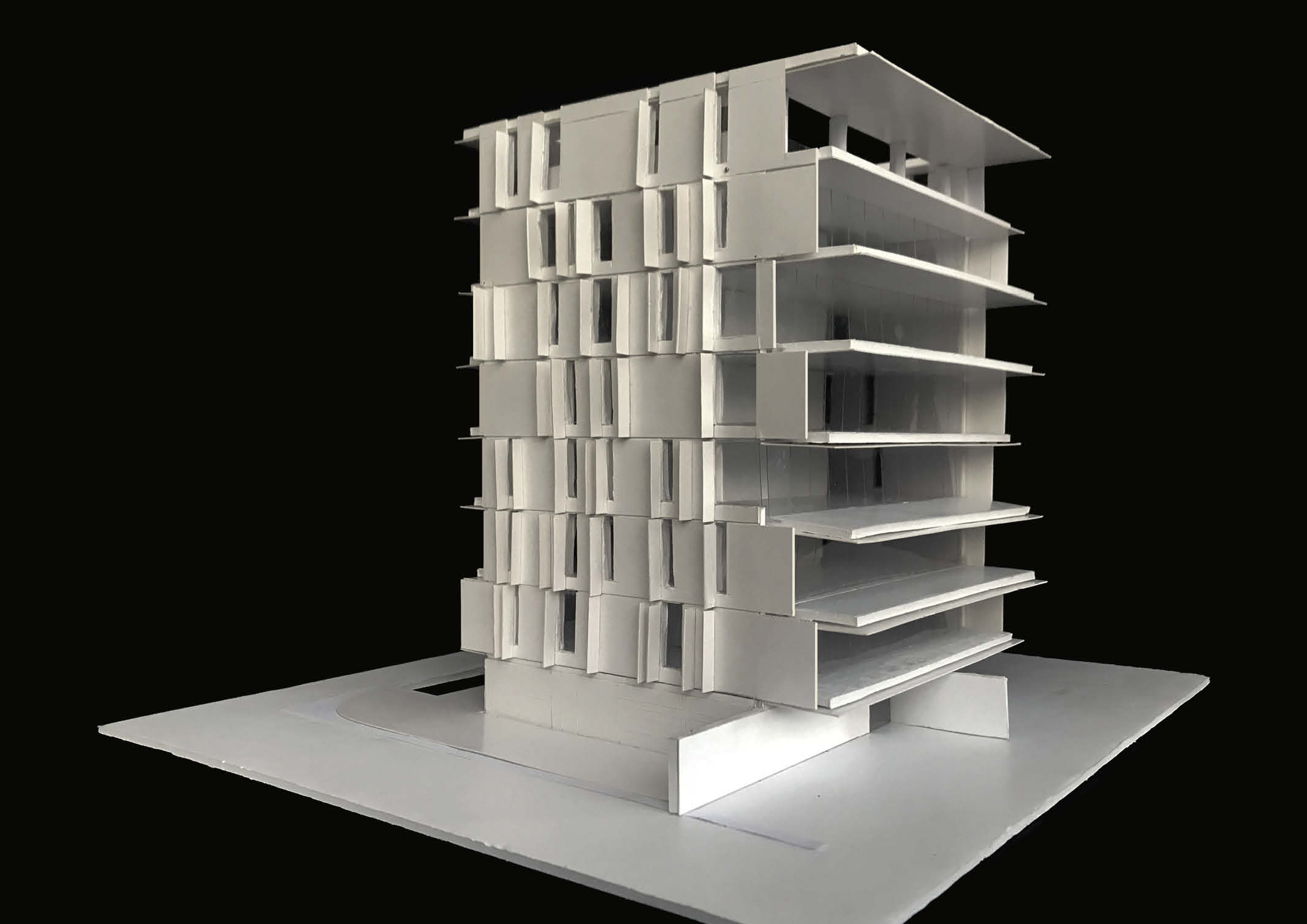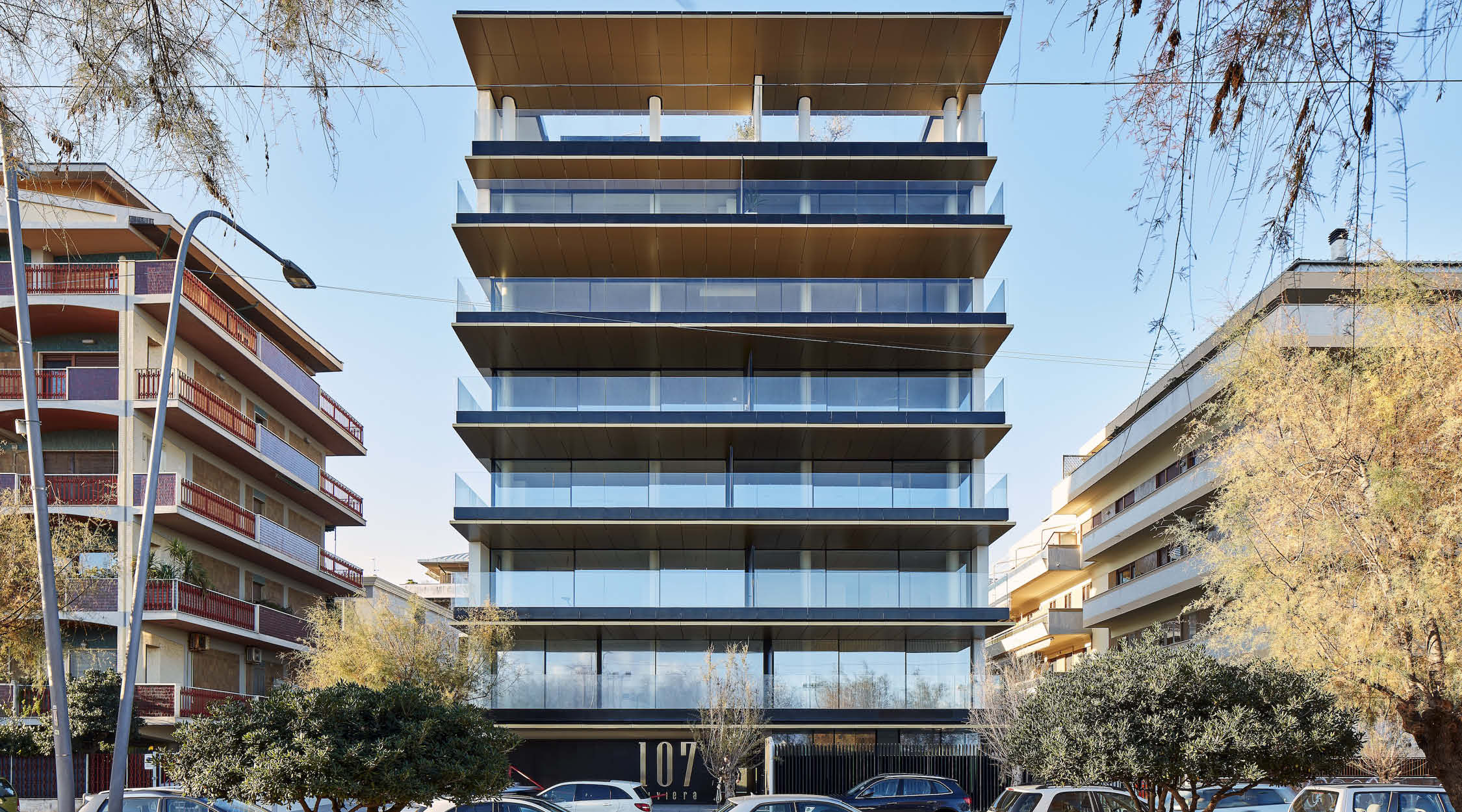
Riviera 107 Building Is An Urban Regeneration Effort Transforming Pescara, Italy
Urban regeneration is a city planning approach that aims to fix the social and economic problems of an urban area. It promises to improve the physical and environmental aspects of the city and the buildings. Overall, this concept leads to the creation of more energy-efficient and socially inclusive cities.

In Italy, this concept means “recovery,” “reuse,” and “redevelopment” of the built environment by recovering degraded, underused, or abandoned areas. The project, however, must promote sustainability and environmental and social resilience, technological innovation, and increasing biodiversity.
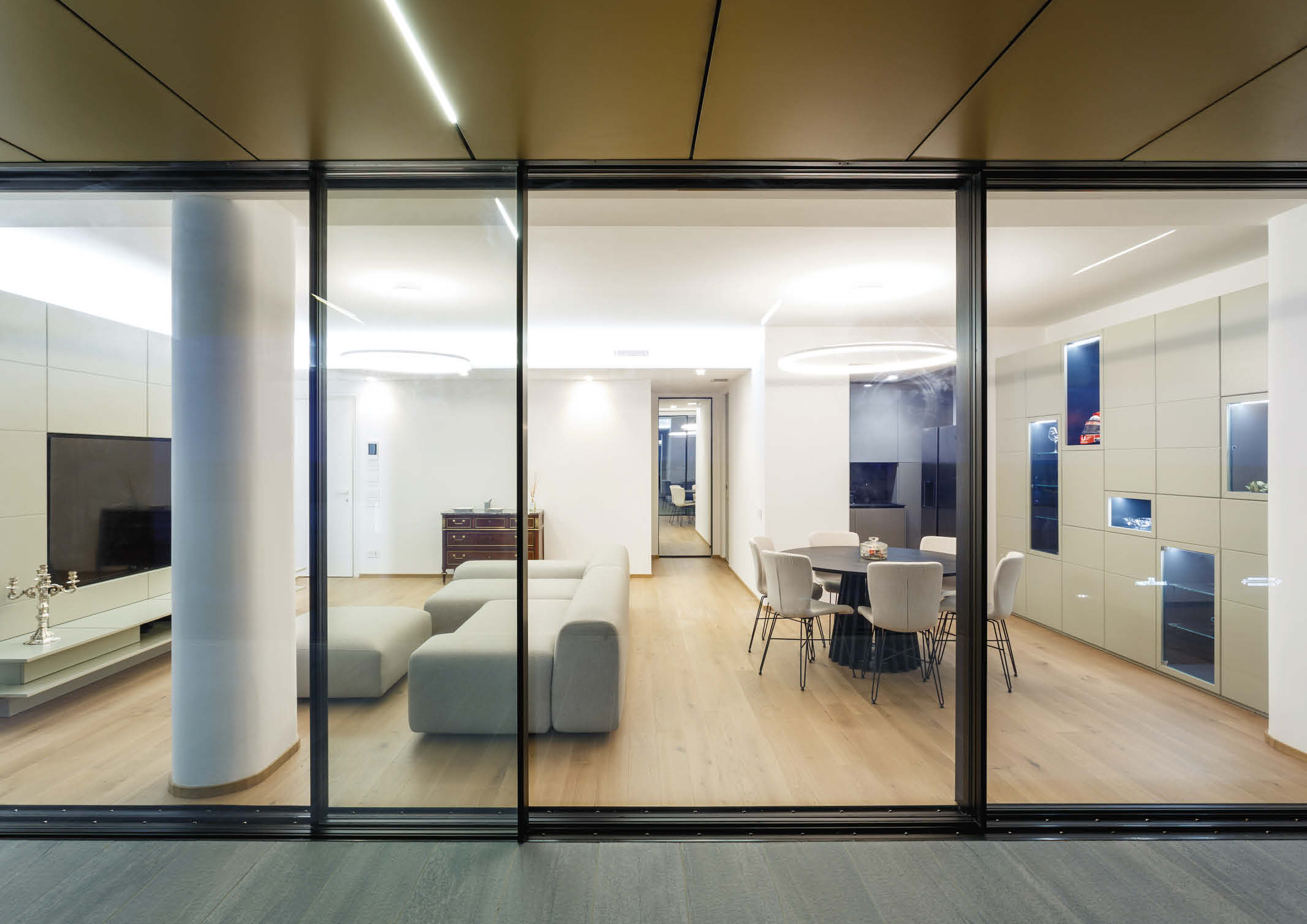
A case in point is the Riviera 107 Building in Pescara, Italy. Designed by Giovanni Vaccarini Architetti and engineered by Proger Spa, the residential project is conceived as an urban regeneration effort. The building respects the limits of the lot while reinterpreting the relationships between the interior, the landscape, and the public space.

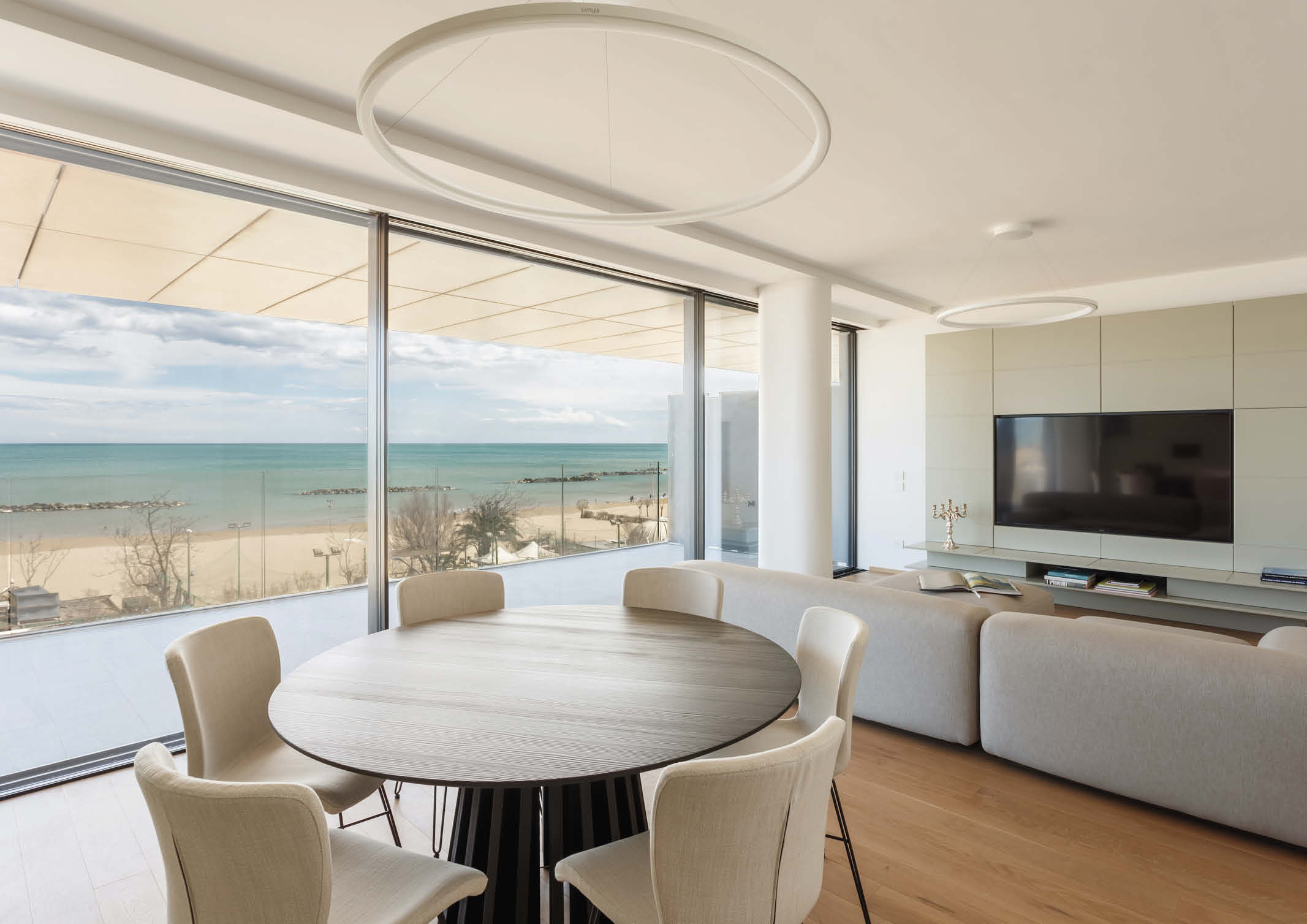
Architect Giovanni Vaccarini has recently completed the building on the seafront of the city of Pescara. He describes it as a piece of the widespread conurbation of the Adriatic coast. The structure is an elegant building, perfectly inserted in the urban fabric, which reinterprets the typology of the palazzina (apartment building).

Pescara is a young city, almost a hundred years old. It has grown in the post-war period at such a rapid pace as to give rise to strong contrasts, recognizable along its streets. Being born here, Italian playwright and novelist Ennio Flaiano described the city as the city of the “vitelloni”: a group of lethargic men who spent their time in the clubs of the seaside town. At the same time, however, it is an industrious city, inhabited by thriving and budding entrepreneurship that today has taken on national and international dimensions.
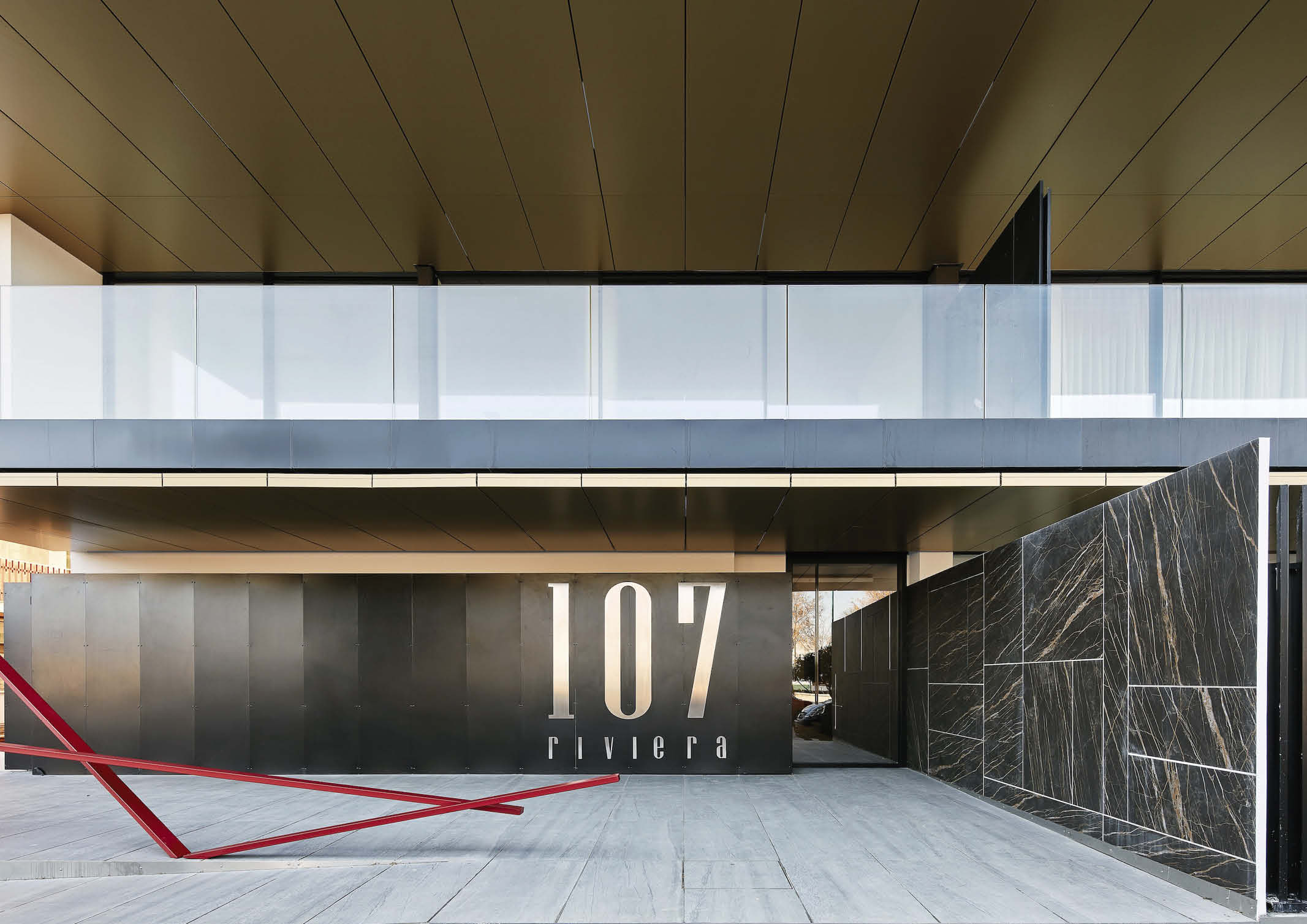
The project is located in a portion of the city that speaks of the tumultuous growth. Some surviving Art Nouveau or neoclassical villas are flanked by imposing buildings, often lacking in quality. Few villas, through the years, were quickly replaced by the rampant palazzina (apartment building) type. A single block typology, served by a central vertical distribution around which the apartments, two or more per floor, are arranged. This is the context in which Vaccarini’s project is located.
“The palazzina is a representation of the profound transformations that have taken place in the city: it is not a palazzo, since it does not have the size nor the urban role, and it is not even a villino, the small one- or two- family building. It is a hybrid, a deformation that has disrupted the established relationship between building type and urban morphology in the historic city.”
Architect Giovanni Vaccarini.

Riviera 107 reinterprets this typology, arranging distribution in the building according to functional bands. The front band of the apartment, the one most open to the public domain, is opposite the service band, which includes the vertical distribution, bathrooms, kitchens, laundries, and further back the more private quarters with bedrooms and studios.

Following this logic, the building further develops its dialogue with the surrounding environment. The front of the building is set back from the street edge, and thus defines a semi-public space of mediation between the public and the private spaces. A kind of sidewalk expansion that the building shares with the city. The hallway becomes the collective place par excellence, flanked by a communal space for meetings and parties, all those common activities that may be necessary for a condominium.
Moreover, this distribution layout allowed an original transformation of the seafront overlook. The east-facing facade, for instance, is conceived as a real open section of the building, along which the floors of the building cantilever. The compact volume is dissolved in a way and the floor plates “slip” outwards.
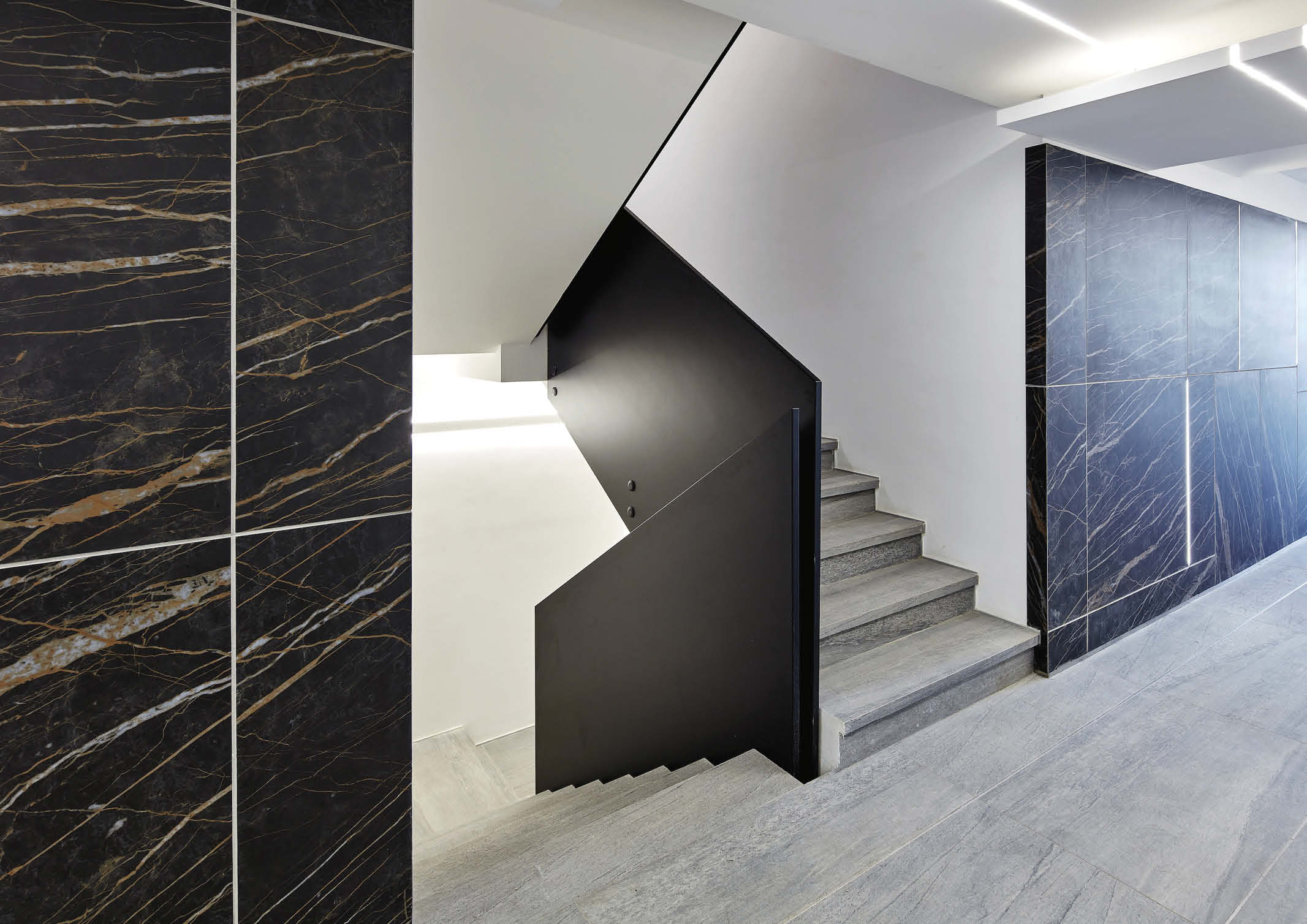
The shifting of the planes and the cantilevers that protrude towards the sea defines a portion of the open-air dwelling, a sort of trabocco urbano, explains Giovanni Vaccarini, referring to the traditional trabocchi, wooden structures for fishing that characterize the local coastline. This choice allows the interiors to attain a direct and unconditional relationship with the sea view. An intense relationship between the city and the landscape, with light and outdoor life, is at the heart of the project. The main rooms of the apartments enjoy direct views and all have outdoor terraces, designed as real open-air rooms, an integral part of domestic life.

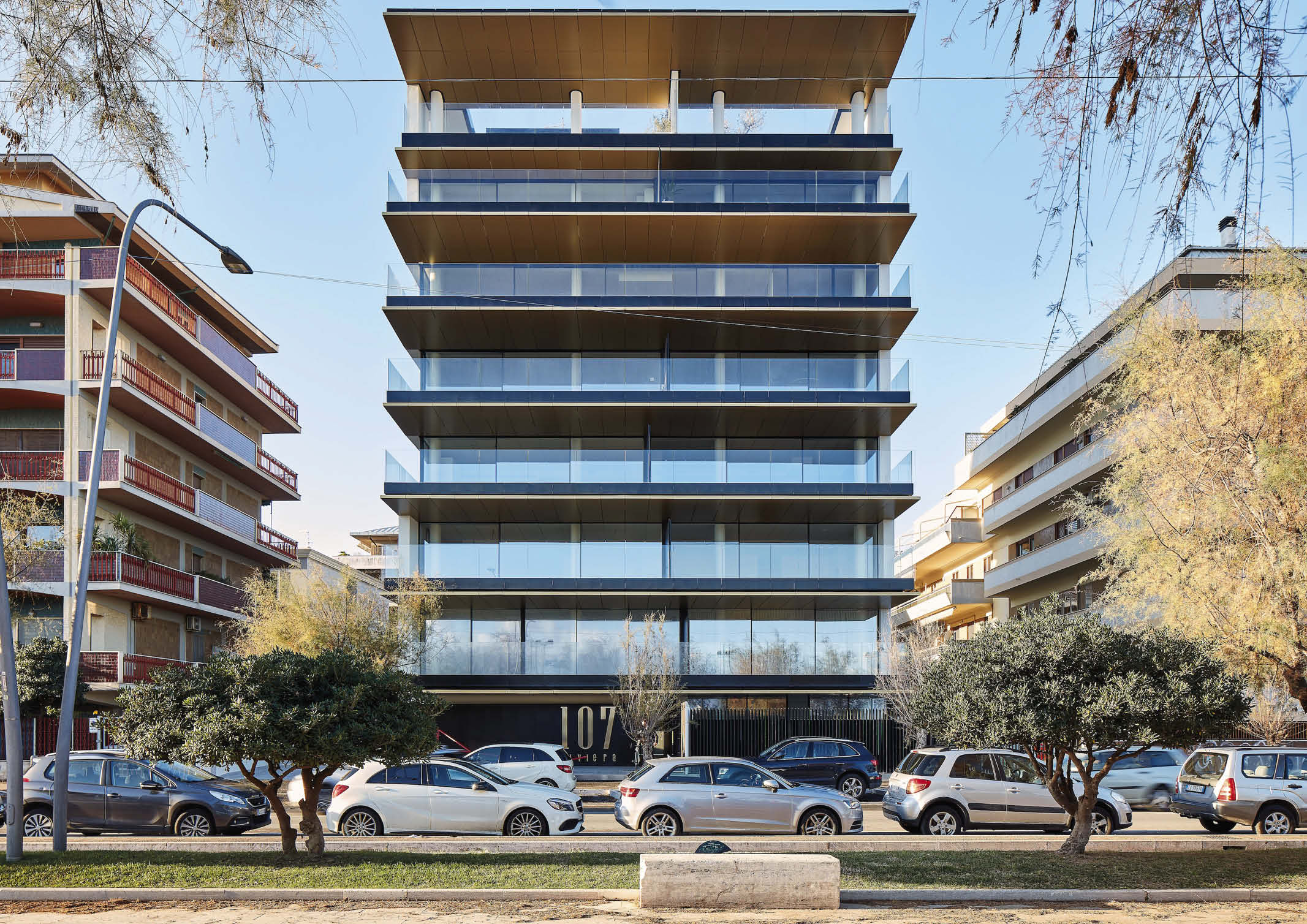
The soffit of the cantilevered balconies is made of perforated brass cladding. Seen from below, as one walks along the promenade, the series of reflective overhangs gives rise to a sort of unprecedented fifth elevation of the building that helps to define the urban scene.
Furthermore, Riviera 107 building responds to principles of bio-architecture and eco- compatibility. The facades facing south and north that are more exposed to the action of summer sunshine and the action of cold winter winds, have small openings. The east elevation is fully glazed and protected from direct sunlight by overhangs measuring between 2.5 and 3.5 meters. The west side has full-height apertures and is protected by an overhang of 1.5 meters, thus the interior spaces can take advantage of the afternoon sunlight.



A zero Co2 emission energy station is powered by a high efficiency heat pump system. FSC-certified timbers as well as materials and finishes that follow the Life Cycle Assessment (LCA) methodology were used to construct Riviera 107. Wherever possible, the design team employed recyclable, renewable, and materials sourced within the region.
A plan for the management and collection of recyclable materials has been implemented. The terraces and roof garden feature plants of local species that require little water to minimize the bio-economic impact. The building is designed and built to achieve an A+ Energy Class rating.
Photos By Massimo Crivellari and Michele Boccia
